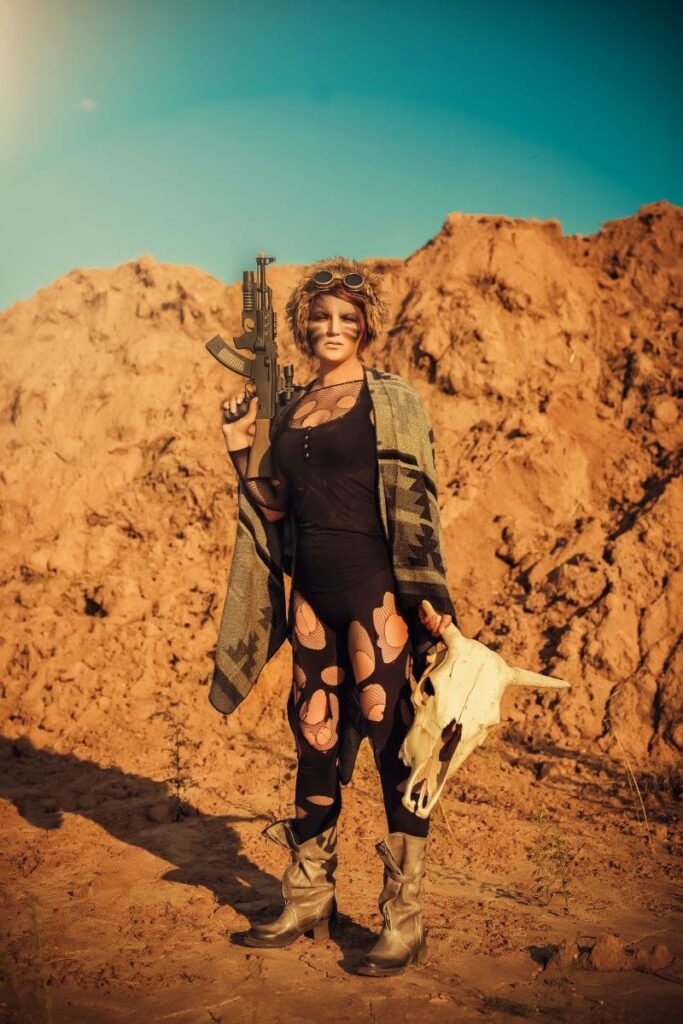
A study of US Ballistic Shields History
The first ballistic shields were developed in the late 1970s. The Police Federation of England and Wales advocated for the introduction of riot shields following the Notting Hill Carnival riots in 1976. The history of this riot notes that many officers were injured when stones, bricks, and bottles were thrown. The use of riot shields was already a common practice in mainland Europe and Northern Ireland. During the Cyprus Emergency of the 1950s, the British had already deployed ballistic shields. They were already in use during the May 1968 riots in France. It would seem that the US forces were late to the party.
The battle of Lewisham in 1977 saw the first use of riot shields in England. The Metropolitan Police Service, however, had designed them primarily as defensive gear. During actual combat, they also were used to inflict nonlethal damage to rioters faced with real-time threats. The shields were deliberately used against protesters during that battle. That makes sense. According to most police spokespersons, officers who feel threatened would resort to using whatever means they had available. They did not have a choice. The absence of riot shields in Ireland during the 1960s and 1970s was felt deep in the soil. Even though riot shields were available, military personnel used bayonets for crowd control at Curragh. Garda Siochána reported that riot shields were not available when 9 people were injured during a riot in Lifford.
There was a call for more riot shield production after forty-four soldiers turned up to a riot in Monaghan with only five shields. A response to this was the production of 200 riot shields in Dublin in 1972. It is becoming more common and dangerous for riots to break out these days. Currently, however, there is no protection from ballistic danger or gunfire from the most popular riot shields. A ballistic shield is designed for this purpose. Ballistic shields provide ballistic-rated protection against bullet rounds. It is much heavier and more durable than riot shields.
For more great articles, please click here.